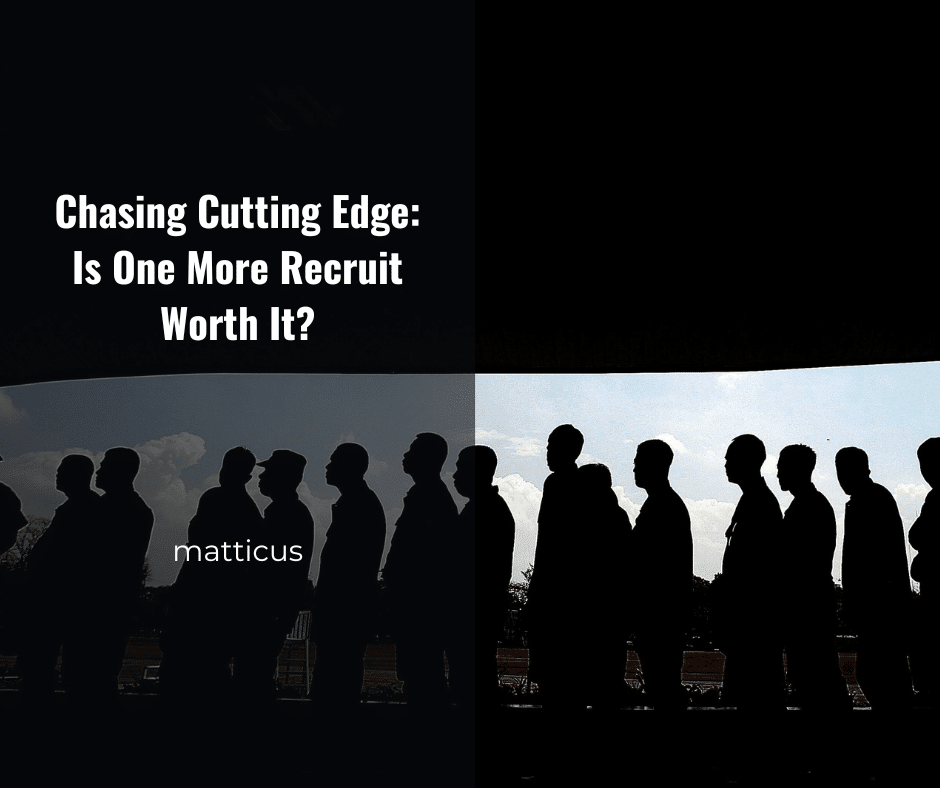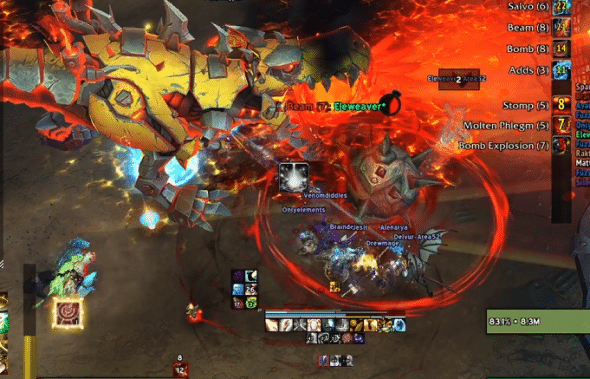In both Death Jesters and Last Call, we’ve been progressing through Normal and Heroic Manaforge Omega since the start of the season, and we’re officially hitting that crossroad every raid team eventually reaches: Do we keep farming Normal for loot? Or pivot fully into Heroic, even if it means some players are missing pieces?
In DJs, we’re still continuing to certain normal bosses (not a full clear). If we really wanted to, all of normal can get cleaned out in 45 minutes. We actually need that gear to help us on Mythic Forgeweaver and onwards.
In Last Call, the answer is crystal: Time matters more to us than gear. We’re not at the point where our gear is impeding our progress.
Making the Shift
It’s tempting to keep clearing Normal every week just to get that one trinket, that one weapon, or the last few tier pieces. In Last Call, we only raid six hours per week. Our biggest bottleneck right now isn’t item level. Our bottleneck is time spent seeing, pulling, and learning bosses.
While other teams can double-dip and run full clears across multiple nights, we don’t have that luxury. Every hour we spend reclearing Normal is an hour we’re not progressing on Heroic, or practicing mechanics that we’ll eventually need to execute cleanly on Mythic.
We benefit more as a team by:
- Pulling Heroic bosses more often
- Learning encounter pacing and clean transitions
- Practicing cooldown timing, and both positioning and movement consistency
- Giving raiders more time to develop confidence and reps
Addressing the Gear Gap
It’s true that some raiders still have gaps in their gear like a missing tier piece, a low-stat trinket, a weaker weapon. But we’re not losing fights due to gear. We’re losing because of missed interrupts, poor positioning, or phase transitions that could be smoother with more reps. Sometimes we applied cooldowns in the wrong area when we needed them in some other stage of an encounter.
There are other gearing methods:
- Mythic+ is fully available between crests, vault rewards, and hero track gear upgrades.
- Players can run Normal in pugs or our open community runs if they still need specific pieces.
- Crafted gear and sparks are already in play.
- Champion-level gear can now be upgraded fairly easily via dungeons and crest farming.
The raid doesn’t need to carry this load. Each raider can take charge of their own gearing path while the team focuses on progression.
Informing the Team
I know that not everyone’s going to agree with the approach. Some players will feel left behind if they’re still missing key gear. It’s important to frame this as a strategic team decision, not a punishment.
Here’s how we’re approaching it:
- Clear communication ahead of time — not the day of the raid. This gives everyone the time to run it on their own.
- Outline the why: More reps lead to more kills. We’re no longer wiping to damage.
Some players will be frustrated. That’s okay. But the path forward needs to be clear, and the longer we delay that pivot, the longer it’ll take to reach our full potential.
A Final Reflection
In the last Notebook post, I mentioned that Last Call reached Phase 3 on Dimensius several times. We didn’t kill it because we lacked gear. We just needed a little more time.
That’s what this is all about! I have to maximize the time we have to give ourselves the best possible shot. We’re trying to hit Cutting Edge, and that takes reps, not just gear.
If there’s still certain pieces that are needed, it’s time to pray or make a generous donation to the vault gods!


